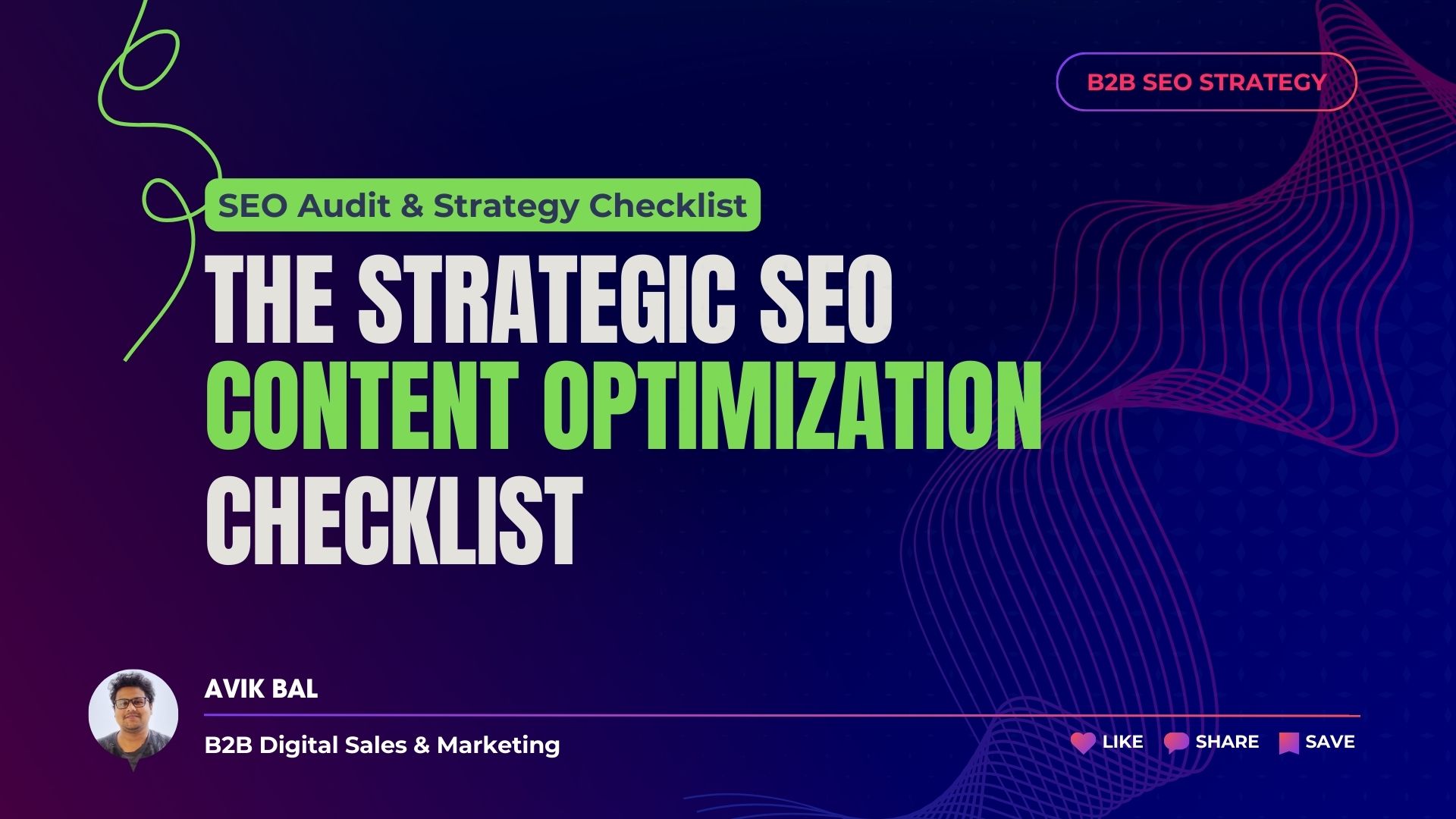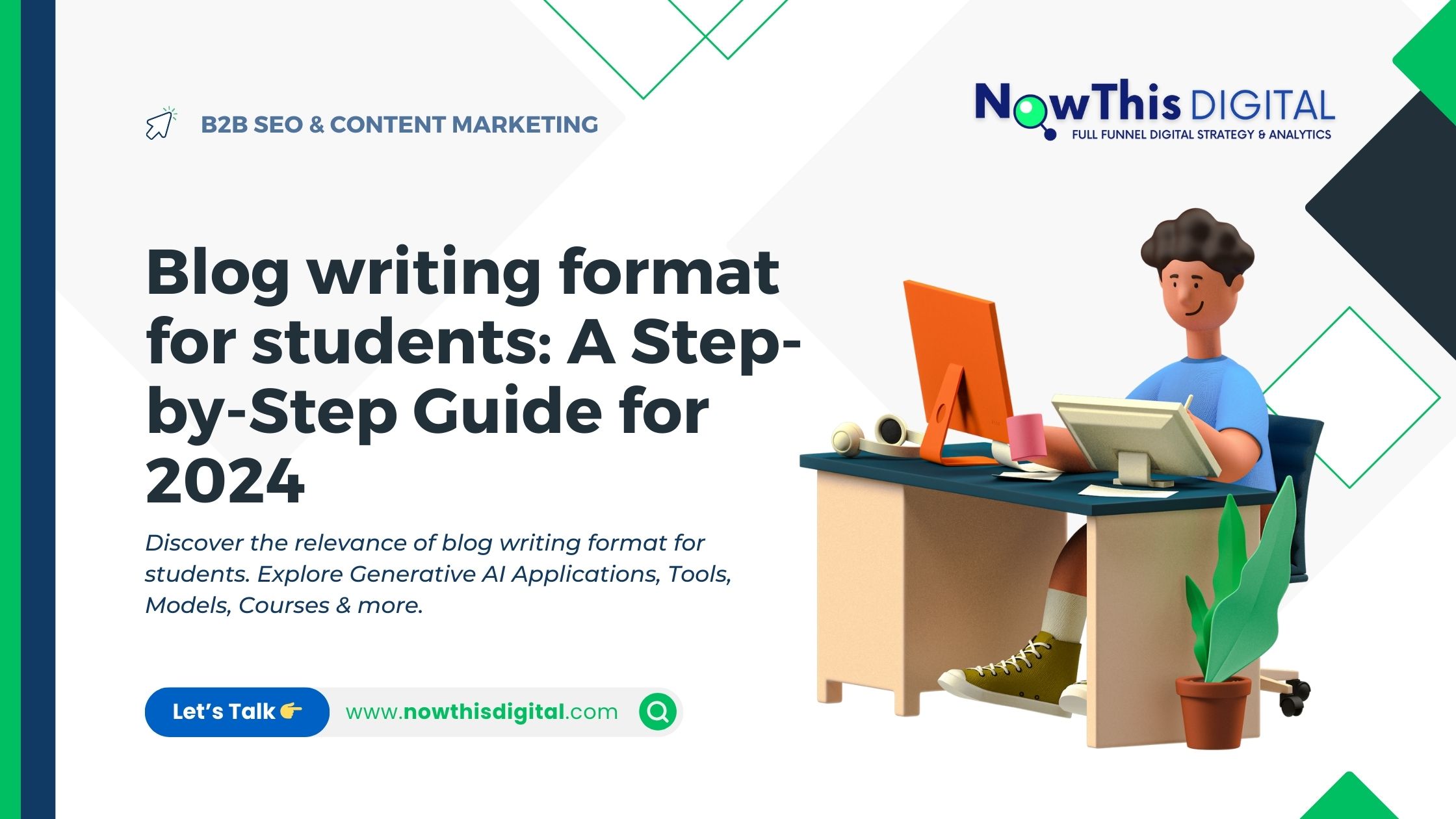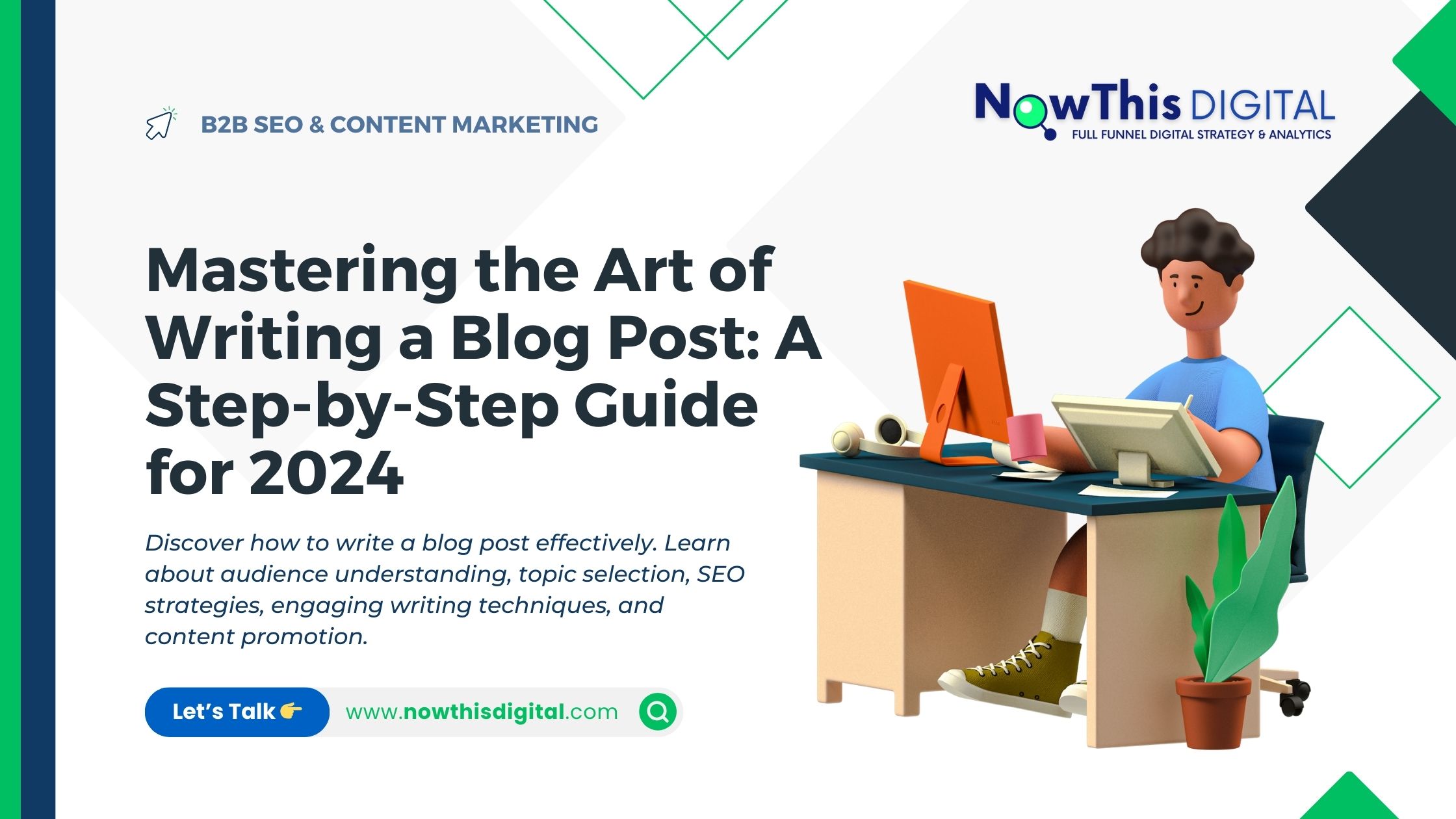How to write a SEO Case Study?
Creating a compelling SEO case study is like telling a story—one that highlights how a few smart strategies can lead to significant improvements. It’s your chance to showcase the journey of turning an underperforming website into a traffic powerhouse, all while sharing valuable lessons others can learn from. Here’s how to put one together in a more relatable, conversational style:
1. Start with a Story: Setting the Scene
Every good story has a beginning, and so should your case study. What was the client or website struggling with? Was it low traffic? Poor visibility? Take a moment to paint a picture. You want your readers to get a clear sense of the challenge and feel the need for change. Imagine saying, “This is where we started—a site buried deep in the search results, struggling to get noticed.”
2. Share the Strategy: How Did You Tackle It?
Next, walk your readers through the plan, but keep it simple and relatable. Instead of listing technical details, explain your thought process. Maybe you started with keyword research because you noticed there was untapped potential. Or perhaps you revamped the site’s content because it wasn’t engaging visitors. Use language like, “We noticed…” or “We decided to focus on…” to keep it conversational.
3. Show Off the Results: Let the Numbers Do the Talking
This is where the magic happens. Present the results, but don’t just drop a bunch of stats—give them context. Instead of saying, “Traffic increased by 150%,” you could say, “In just three months, traffic skyrocketed—150% more people were visiting the site every day!” Use visuals like charts or screenshots to back up your claims and help readers see the transformation.
4. Talk About the Bumps Along the Road: Every Success Story Has Challenges
No SEO campaign is a smooth ride. Share a few of the challenges you faced and how you overcame them. Maybe an unexpected algorithm update threw a wrench in your plans, or you realized the niche was more competitive than expected. People appreciate honesty, and this will make your case study more authentic. Think of it as saying, “It wasn’t all smooth sailing, but here’s how we navigated the rough waters.”
5. Add a Personal Touch: Client Feedback
If your case study involves a client, share their perspective. A short testimonial or a quick quote can make a huge difference. It’s like letting your readers hear directly from someone who’s benefited from your work, making your story more credible and relatable.
6. Wrap It Up: What’s the Big Lesson?
Every good story has a moral. Summarize the main takeaways—what worked, what didn’t, and what others can learn from your experience. Leave your readers feeling like they’ve gained some insider knowledge. You might say something like, “At the end of the day, it’s all about being flexible and data-driven. This case study shows that even small changes can lead to big results when done right.”
By keeping it conversational and focusing on storytelling, your case study will be more engaging and easier to understand. Readers will feel like they’re right there with you, learning from your journey, and more likely to apply these lessons to their own SEO efforts.
SEO Case Study Checklist
1. Introduction: Setting the Scene
Example: “The client’s website had stagnated in terms of organic growth, ranking on the second and third pages for most of its target keywords, resulting in limited visibility and suboptimal lead generation.”
Example: “With only 1,000 monthly organic visitors, the site was underperforming in a competitive niche where top sites were achieving 10x that traffic.”
Example: “The client needed a comprehensive SEO overhaul to regain competitiveness and capture a larger share of organic search traffic to drive conversions.”
2. Strategy & Tactics: The Game Plan
Explain the main objectives.
Example: “The primary goal was to increase organic traffic by 150% in six months and improve the site’s ranking for at least 10 high-intent keywords.”
Detail the research and analysis process.
Example: “A thorough keyword gap analysis revealed high-opportunity keywords with substantial search volume but low competition, which were being underutilized by the site.”
List the specific strategies implemented:
On-page optimization:
Example: “We optimized title tags, meta descriptions, and H1 headings to include target keywords naturally and improve content relevance. Additionally, structured data was implemented for better SERP visibility.”
Off-page strategies:
Example: “A link-building campaign was launched, focusing on acquiring high-quality backlinks from industry-relevant domains, leading to a domain authority increase from 25 to 38.”
Technical SEO improvements:
Example: “Site speed was improved by 40% through image compression, leveraging browser caching, and eliminating render-blocking resources, resulting in a higher Google PageSpeed score.”
Include tools and platforms used.
Example: “Google Analytics and Search Console were used to track traffic and keyword performance, while Ahrefs was employed for backlink analysis and competitor research.”
3. Results: Showing the Impact
Highlight key metrics and KPIs:
Example: “Organic traffic increased by 180%, reaching 2,800 monthly visitors. The site achieved first-page rankings for eight high-value keywords, including ‘best SaaS CRM’ and ‘AI-powered sales tools.’”
Include visual elements.
Example: “A graph showing the traffic spike over a six-month period was included, visually demonstrating the consistent upward trend in organic growth.”
Provide context to the data.
Example: “The 180% traffic growth was achieved despite algorithmic updates during the period, showcasing the robustness of the strategies applied.”
4. Challenges and Solutions: Overcoming Obstacles
Mention any unexpected issues.
Example: “An unanticipated core algorithm update resulted in a temporary dip in traffic, particularly affecting the site’s rankings for certain long-tail keywords.”
Describe how these challenges were tackled.
Example: “We quickly pivoted to a content audit, identifying low-performing pages and optimizing them with additional value-add content and updated on-page elements, resulting in a 30% recovery within four weeks.”
Share any insights or lessons learned.
Example: “The experience reinforced the importance of agility in SEO strategy and the need for ongoing monitoring and adaptability in response to search engine changes.”
5. Client Feedback: Adding a Personal Touch
Include a client testimonial or quote (if applicable).
Example: “The client stated, ‘Working with the team transformed our online presence. The detailed insights and tailored strategies led to not just more traffic, but the right kind of traffic, contributing to a 40% increase in our quarterly sales.’”
Reflect on the client’s satisfaction and experience.
Example: “The positive feedback underscored the effectiveness of a personalized SEO strategy that aligns with the client’s unique business objectives.”
6. Conclusion: Wrapping Up the Story
Summarize the main achievements and successes.
Example: “In summary, the SEO campaign successfully elevated the site’s visibility, resulting in a 150% increase in organic traffic and an 80% improvement in keyword rankings across strategic categories.”
Highlight key takeaways and best practices.
Example: “The case study demonstrates that a balanced focus on technical SEO, high-quality content, and targeted link-building can drive meaningful results even in highly competitive industries.”
Suggest how these strategies can be applied to similar scenarios.
Example: “For websites in similar competitive niches, concentrating on content differentiation and leveraging underutilized keyword opportunities can yield substantial growth, as seen in this case.”
7. Final Review: Ensuring Clarity and Flow
Check for a clear, logical flow from introduction to conclusion.
Example: “Make sure each section transitions smoothly, guiding the reader through the narrative from the initial problem to the final results.”
Ensure the tone is conversational and relatable.
Example: “Review the language to ensure it’s professional but approachable, making complex SEO strategies accessible and understandable.”
Proofread for grammar, spelling, and formatting consistency.
Example: “Double-check all spelling, grammar, and formatting. Use consistent headings, bullet points, and text styles for a polished, professional look.”
Use this checklist as a guide to structure and refine your SEO case study, making sure it’s both informative and engaging!










